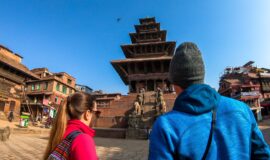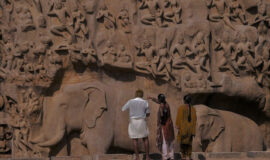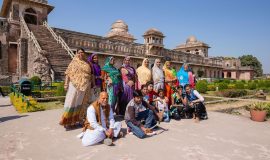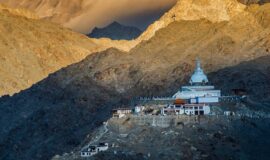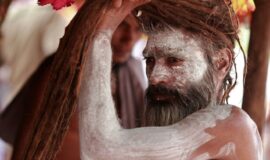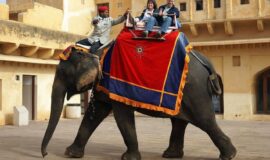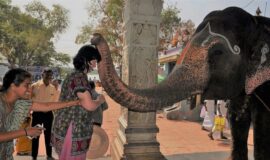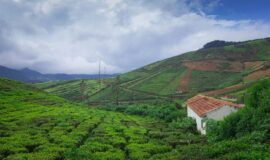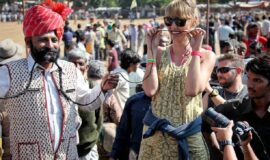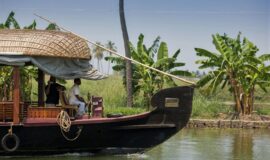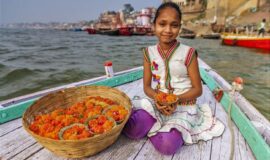KORAI SILK MATS PATTAMADAI, TAMIL NADU
Pattamadai on the banks of the Tamraparani river in Tamil Nadu’s Tirunelveli district is home to the famous silk mats or Pattamadai pattu pai as it is known in Tamil. For centuries, no Tamil wedding has been complete without a gift of the pattu pai Mat to the bride.
The korai or sedge grass mats gained global recognition in 1953 when the weavers of the village designed an elaborate mat to be presented as a coronation gift to Queen Elizabeth. The mat is still on display as a wall hanging in Buckingham Palace.
The craft of weaving these mats, unique to the region, rests particularly with women belonging to a certain Muslim community that has inhabited the region for hundreds of years. Around 120 families are presently engaged in making these mats, thus, keeping the tradition alive and contributing over 75 percent to the village income.
The mats come in three categories of weave: coarse, medium, and fine, measured in counts of 100, 120 and 140. The fineness of the mats depends on the finesse with which the korai is split — the finer the split, the smoother the texture of the finished product. The finest variety, not more than six inches of which can be woven in a day, is obtained when the reed is split into a hundred strips. A 3×8 feet mat of the finest quality can be folded like a handkerchief to be accommodated in a trouser pocket!
Korai Grass, the raw material for these wonderful mats, grows to a height of up to four feet and is cut in September-October and February- March while still green. The finest quality of mats uses silk thread for weaving, lending the name pattu pai to the mats, while the medium mats with less count are woven with cotton thread in the weft. A mat measuring 3×8 ft may cost up to Indian Rupee 5,000 or more, depending on its fineness.
TECHNIQUE
Once harvested, the korai grass is split into strips and sun-dried, and not exposed to humidity. The sun-dried ochre-green colored strips are boiled in a large cauldron of water and left to dry again. The dry grass is then soaked in the river’s running water for three to seven days during which period the strips swell thrice their original thickness. The strips are then soaked in a water dye solution. Thus prepared, the grass is ready for the laborious weaving process on a floor loom that consists of a warp supported by a bamboo tripod or mukali as it is referred to in Tamil.

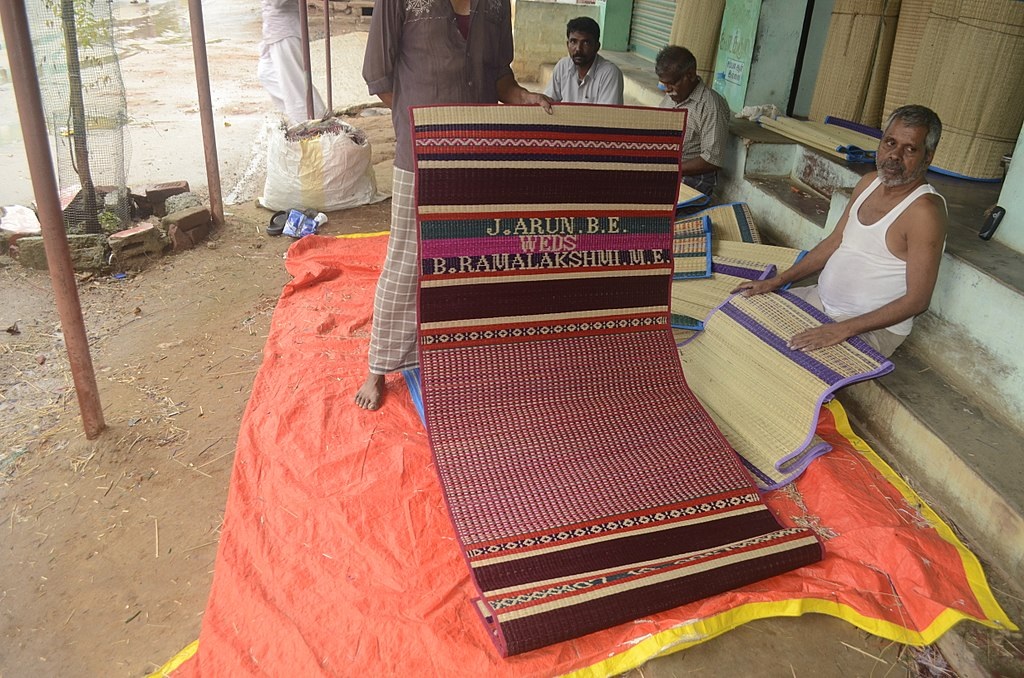

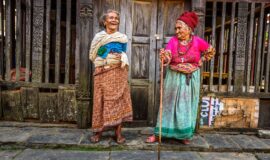
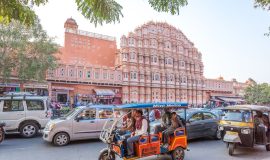
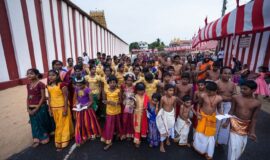
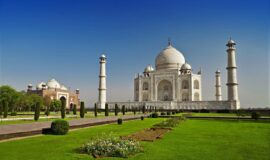
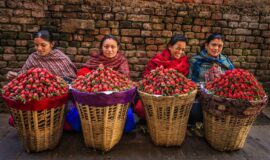

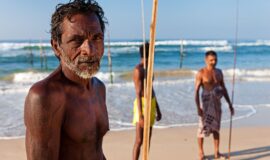
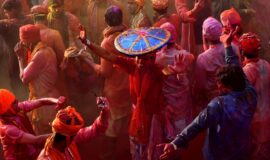

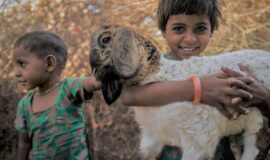

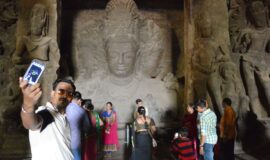
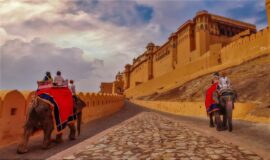

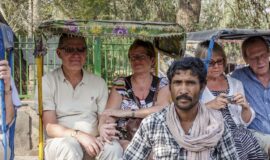
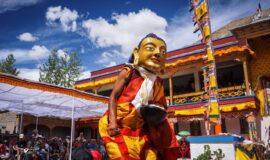
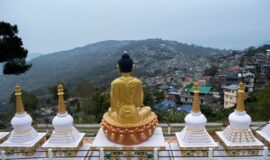
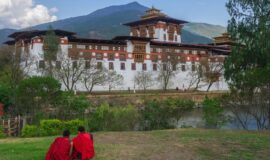

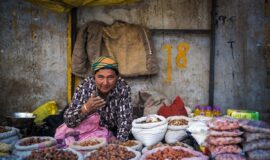
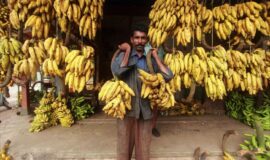
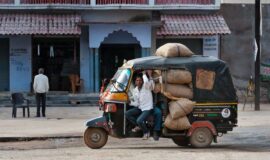

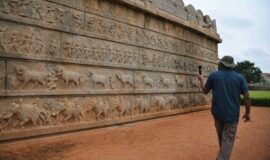
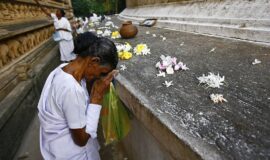
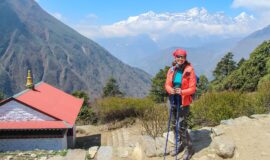

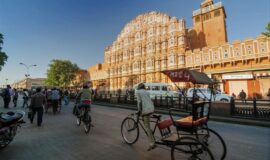




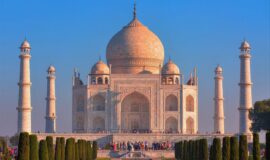
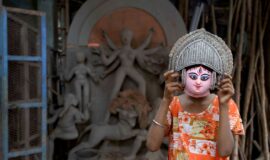
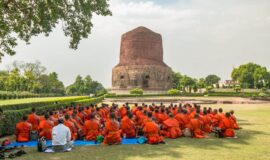
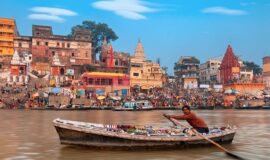
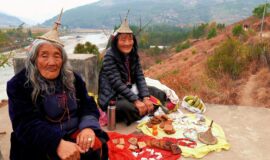
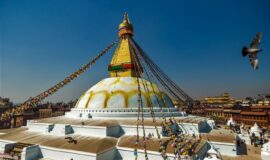
![Golden Triangle Tour with Goa [Culture + Beach Vacation] (12 days) Golden Triangle Tour with Goa [Culture + Beach Vacation] (12 days)](https://www.vacationindia.com/wp-content/uploads/2022/06/golden-triangle-tour-with-beach-vacation-270x160.jpg)
